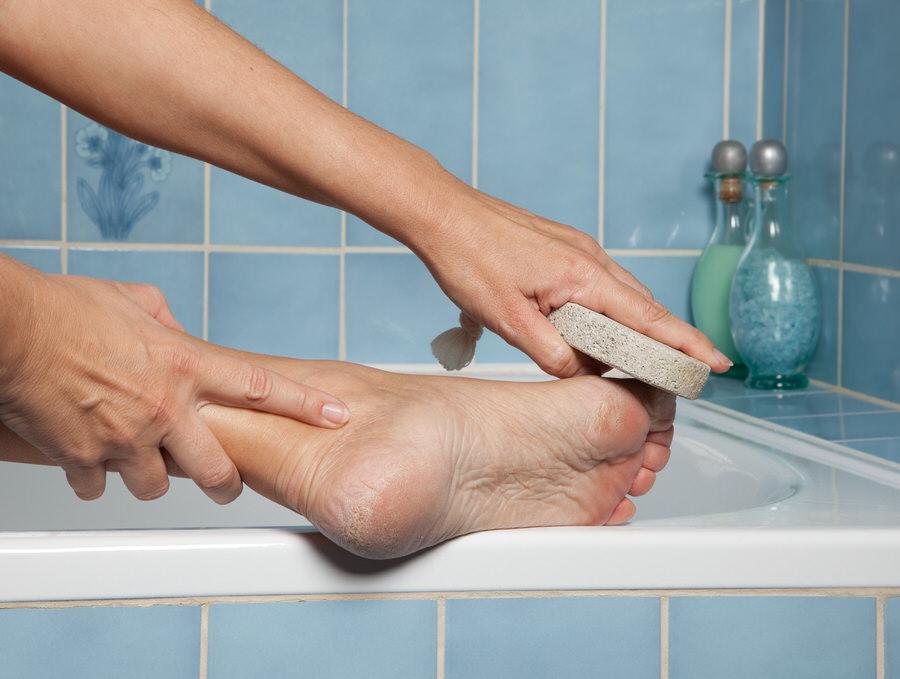What are Corns and Calluses?
If your skin experiences pressure or friction on a regular basis, you might develop a corn or callus. Corns and calluses can develop anywhere on your body, but they’re especially common on your feet and toes, usually as a result of wearing tight or ill-fitting shoes or socks.
They might also develop due to irregularities affecting your feet, such as bunions, hammertoes, or bumps caused by rheumatoid arthritis. Other factors can also contribute to corns and calluses, including flatfeet and bone spurs, or pressure caused by an abnormal gait.
Many times, eliminating the source of friction is enough to ease your symptoms. However, if you have diabetes or another condition that affects your circulation, corns and calluses may lead to an infection or more serious health problems.
What are the Symptoms of Corns and Calluses?
Corns and calluses are easy to spot. Telltale signs include:
- A thick, raised area of skin
- A hardened or rough bump
- Tenderness or pain that affects your skin
- Waxy or dry skin
Over time, a corn or callus might also start flaking or shed layers of skin.
Are Corns and Calluses the Same Thing?
Many people use the terms corns and calluses interchangeably. However, they’re two different things.
- Corns: Corns are smaller in size than calluses and feature a hardened bump in the center that looks like a kernel of corn, hence their name. Corns are also painful and usually develop on non-weight-bearing areas of your feet like the sides or tops of your toes.
- Calluses: Calluses develop on the heels, balls, or soles of your feet, are typically larger than corns, and usually, aren’t painful.
When Should I See a Doctor About Corns or Calluses?
In most cases, conservative measures of care are enough to treat corns and calluses. For example, wearing roomier shoes may prevent pain and allow your skin to heal.
However, if a corn or callus becomes inflamed or painful to the touch, you should make an appointment today. You should also visit a podiatrist if you have diabetes and develop a callus or corn.
How are Corns and Calluses Treated?
Our Providers use conservative treatments to address corns and calluses. Following an exam and discussion of your symptoms, your doctor might recommend trimming away your excess skin or using shoe inserts.
If necessary, your doctor might also prescribe a callus-removing medication. If you develop recurring calluses or corns, surgical intervention may be necessary to better align the bone that’s causing friction.
If corns and calluses are preventing you from participating in your favorite activities or wearing your favorite shoes, don’t hesitate to seek professional help. Call the office nearest you or click the online booking tool today.



